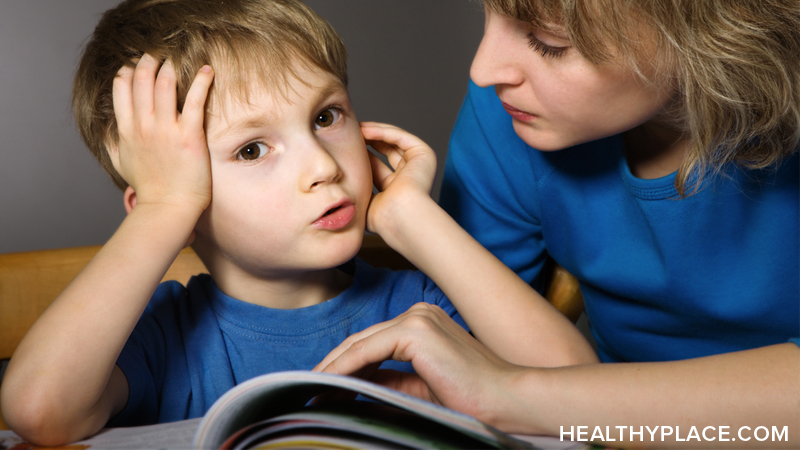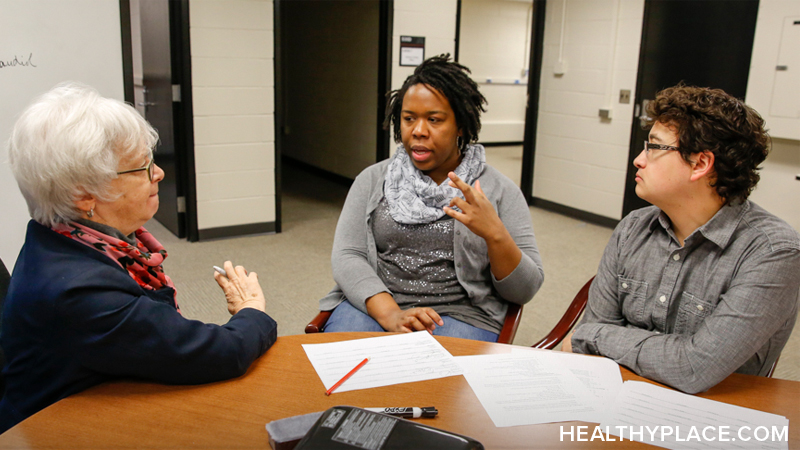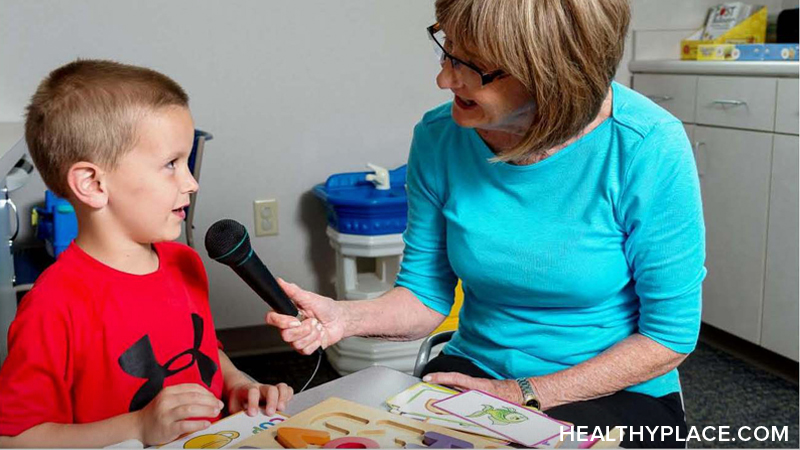What is Stuttering aka Childhood-Onset Fluency Disorder?

Have you heard someone stuttering while trying to speak? Perhaps you've had bouts with stuttering speech yourself. The Diagnostic and Statistical Manual of Mental Disorders, Fifth Edition (DSM-5), gives this communication disorder a new name: childhood-onset fluency disorder. Even so, most people who aren't mental health professionals will probably still refer to the condition as stuttering.
Early Onset Stuttering Speech
If your child has childhood-onset fluency disorder, you'll typically begin to notice stuttering speech during his very early childhood years. While it's normal for children to stutter between the ages of 2 and 5 years old, stuttering that persists beyond that or that causes considerable communication issues, may require treatment by a professional (Stuttering Treatment: How to Stop Stuttering). The diagnostic criteria for this fluency disorder remains largely the same in the DSM-5. To receive a diagnosis of childhood-onset fluency disorder (stuttering), your child must exhibit frequent and significant instances of one or more of the following:
- Pauses within words (i.e. says part of a word then pauses or stammers before finishing the word)
- Filled or unfilled pauses in speech (i.e. sounds like uh, ah, um or extended periods of silence during speech)
- Prolonged consonant and vowel sounds within a word
- Repeating whole words over again before moving on to the next word in a sentence
- Excessive physical tension when speaking
- Substitutes words to avoid more difficult (problem) words
Fluency Disorder – Stuttering Symptoms
Stuttering symptoms in children with a fluency disorder often worsen when he or she is excited, tired, or feels pressured. Your child may avoid speaking to people he doesn't know well, or with whom he doesn't feel comfortable. Forcing your child to speak in these situations will make symptoms worse and could cause severe anxiety and embarrassment. (Stuttering in Children and Adults: Coping with Shame) In addition to the diagnostic criteria above, some physical symptoms that you may see in a stuttering child include:
- Excessive eye blinking when trying to speak
- Jerking movements of the head or limbs
- Facial spasms
- Vocal spasms
If you notice these stuttering symptoms in your child, don't try to "make it go away" by forcing him to speak when it's uncomfortable for him. Encourage him to take his time getting the thoughts and words out and don't allow others mock or demean your child's struggles. Instead, seek professional help by consulting with a mental health professional or speech pathologist.
APA Reference
Gluck, S.
(2022, January 10). What is Stuttering aka Childhood-Onset Fluency Disorder?, HealthyPlace. Retrieved
on 2025, November 9 from https://www.healthyplace.com/neurodevelopmental-disorders/communication-disorders/what-is-stuttering-aka-childhood-onset-fluency-disorder








